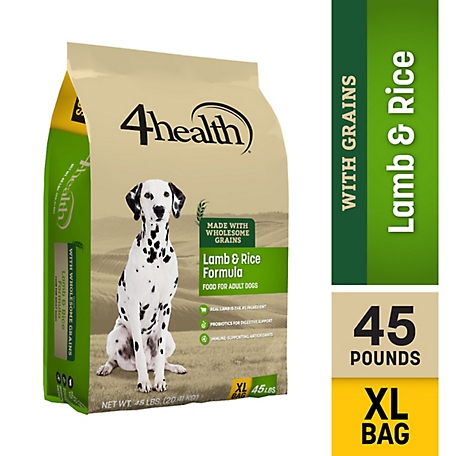Diamond Naturals Skin & Coat All Life Stages Dog Salmon & Potato Formula Dry Dog Food
From puppy to senior, this real salmon formula helps maintain healthy skin and coat in your dog. Tasty vegetables along with an array of superfoods provide energy-rich carbohydrates and immune-system-supporting antioxidants. When you feed this formula, your dog gets complete nutrition in a rich salmon flavor they will love, bowl after bowl.
From puppy to senior, this real salmon formula helps maintain healthy skin and coat in your dog. Tasty vegetables along with an array of superfoods provide energy-rich carbohydrates and immune-system-supporting antioxidants. When you feed this formula, your dog gets complete nutrition in a rich salmon flavor they will love, bowl after bowl.
- Real salmon is the first ingredient
- Helps maintain healthy skin and coat at all life stages
- Enhanced with guaranteed probiotics and superfoods
Additional information
| Country of Origin | Made in USA |
|---|---|
| Breed Size | Extra Small, Small, Medium, Large, Extra Large |
| Flavor | Salmon and Potato |
| Health Features | Immune System Support, Digestion Support, Skin & Coat Health |
| Life Stage | All Life Stages |
| Primary Flavor | Potato, Salmon |
| Special Diets | Probiotics |
| Manufacturer Part Number | 9423 |











by Ariana
My dog has done really well on this food since switching due to her allergies
by Cindy
My dogs love this food. My problem is I cannot get this food easily. It is not in my local stores, I’ve had to order every time. I don’t want to change it but may have to due to availability.
by Nikki
My dogs allergies have gone away after the switch and there fur has become really shiny. They love the flavor. Highly recommend
by Reggie
They love the food but they are just starting out on it. I’ll have to give them a few weeks then re review.